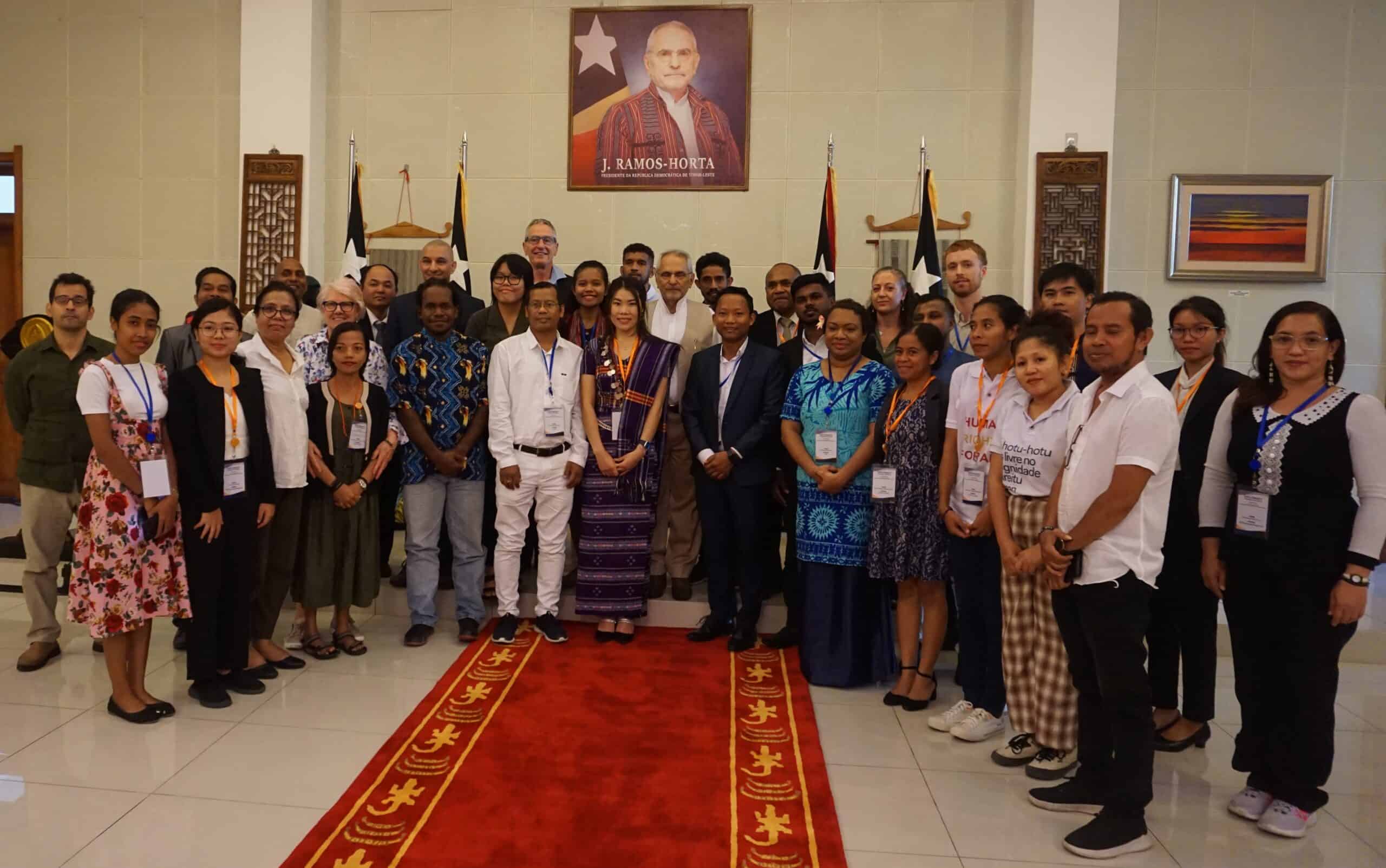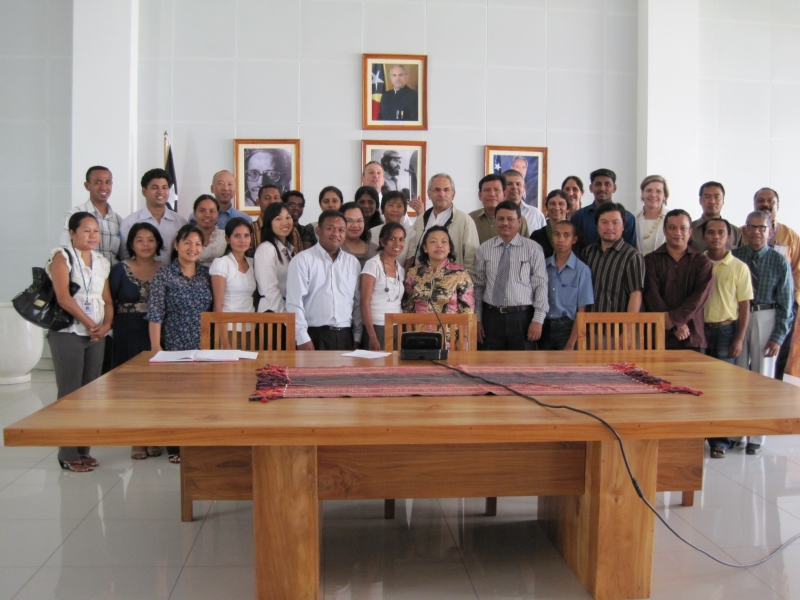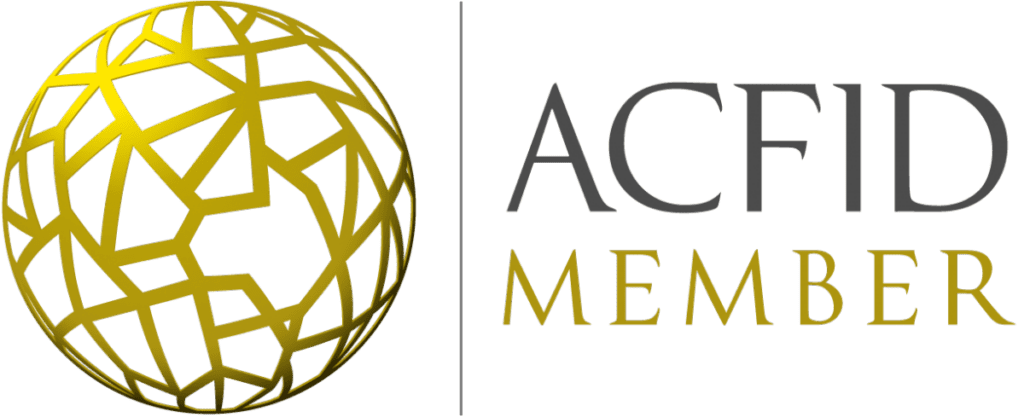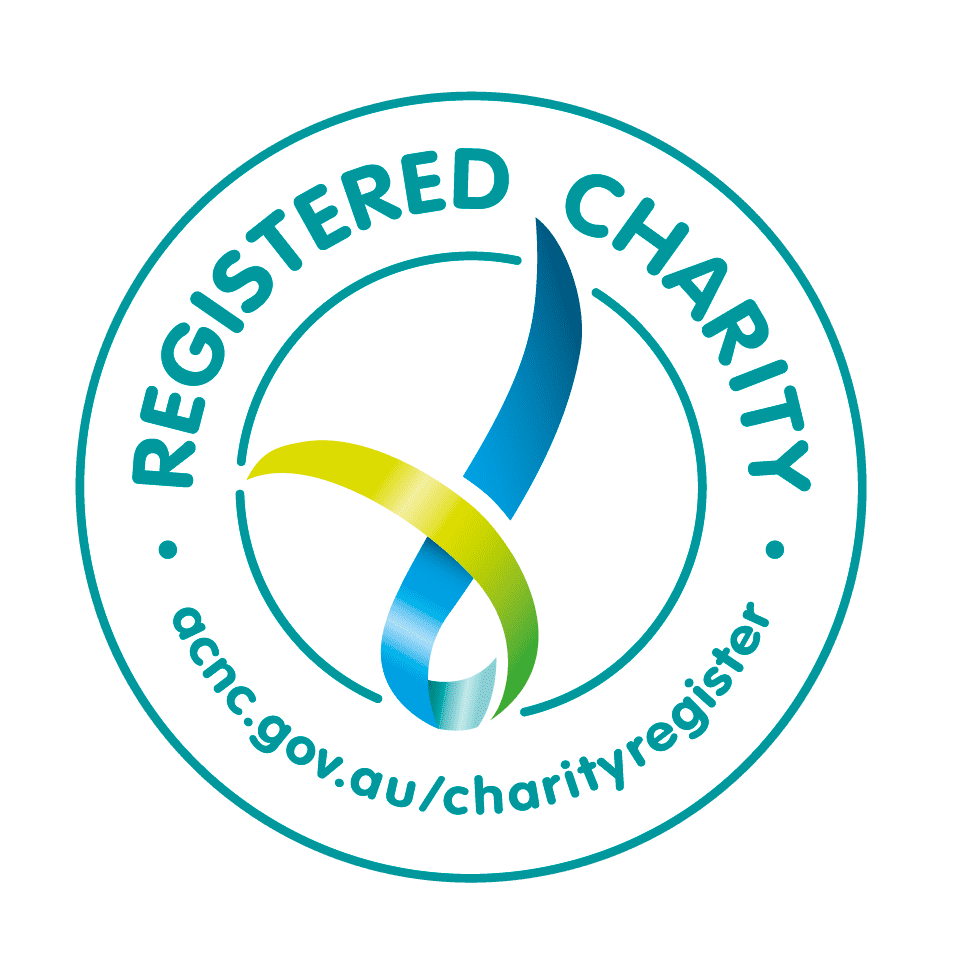The Human Rights and Peoples' Diplomacy Course is DTP’s core human rights program.
This is the longest-running annual comprehensive human rights and advocacy course in the region. This intensive program provides participants with a solid foundation of knowledge of international human rights and the UN system. The program builds links between advocates working on diverse human rights concerns including the rights of persons with disability, the rights of women, of Indigenous peoples, those working to defend the environment and the rights of migrant workers to stop torture, “disappearances” and the death penalty. There are intensive skills sessions on advocacy, internet and media skills.
In most years since 2006, the program has been held in Timor-Leste.








